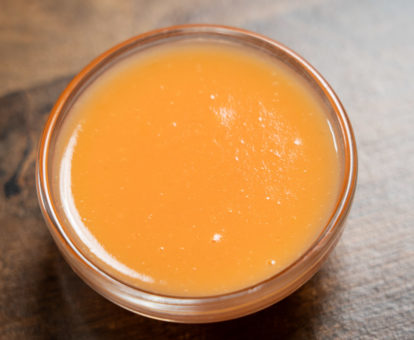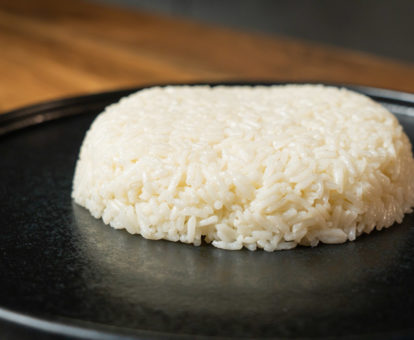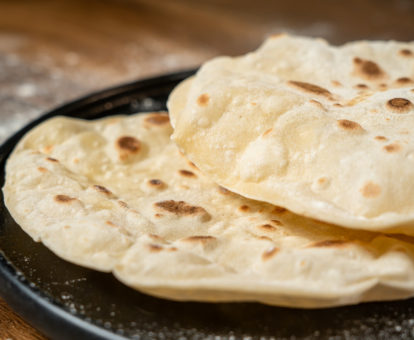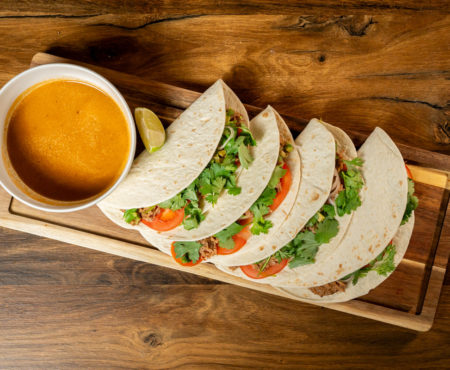24 hrs 5 mins
Vadim Rachok
24 hrs 5 mins
Vadim Rachok
2 weeks 5 mins
Vadim Rachok
A low fat diet emphasizes reducing the intake of fat, particularly saturated and trans fats, to promote heart health and aid in weight management. This approach focuses on consuming fruits, vegetables, whole grains, lean proteins, and healthy fats in moderation.
The Role of Fats in Our Diet
Fats play a crucial role in nutrition, providing energy, supporting cell growth, and aiding in the absorption of certain vitamins. However, excessive intake, especially of unhealthy fats, can lead to health issues such as heart disease, obesity, and high cholesterol. Understanding the different types of fats is essential for anyone considering a low fat lifestyle.Who Should Consider a Low Fat Diet?
Individuals with heart disease, high cholesterol, or a family history of these conditions may benefit from a low fat diet. It's also suitable for those looking to lose weight or maintain a healthy weight. Consulting with a healthcare professional can help determine if this diet is right for you.Identifying High Fat Foods and Healthier Alternatives
High fat foods include red meats, butter, cheese, and certain processed foods. Opting for healthier alternatives, such as lean meats, low-fat dairy products, and using cooking methods that don't add extra fat, can help adhere to a low fat diet.Symptoms That May Suggest a Low Fat Diet is Beneficial
Signs that a low fat diet might be beneficial include experiencing high cholesterol levels, being overweight, or having digestive issues such as heartburn or gallbladder pain. Adopting a low fat diet can help alleviate these symptoms and promote overall health.Nutritional Considerations and Balance
While reducing fat intake, it's important to ensure that your diet remains nutritionally balanced. This means consuming adequate amounts of carbohydrates and proteins, as well as essential vitamins and minerals found in fruits, vegetables, and whole grains.Tips for Transitioning to a Low Fat Diet
Transitioning to a low fat diet involves more than just choosing low fat foods; it's about making holistic changes to your eating habits. This includes reading labels, choosing cooking methods like baking or steaming over frying, and being mindful of portion sizes.Social Dining and Low Fat Choices
When dining out or attending social gatherings, look for menu items that are baked, grilled, or steamed. Don't hesitate to ask for sauces or dressings on the side to better control the amount of fat consumed.Inspiring Low Fat Recipes
A low fat diet doesn't have to be bland or restrictive. Explore a variety of recipes that focus on flavor and nutrition, from vibrant salads and hearty soups to lean protein dishes and fruit-based desserts.Conclusion
Adopting a low fat diet can be a rewarding journey towards improved health and well-being. With careful planning and a focus on whole, unprocessed foods, it's possible to enjoy a diverse and delicious diet that supports your health goals. As a seasoned nutritionist, I encourage individuals to view a low fat diet not as a restriction but as an opportunity to discover new foods and flavors that benefit both the body and the palate. Remember, the key to a successful low fat diet is balance, variety, and mindfulness about the choices you make.

































